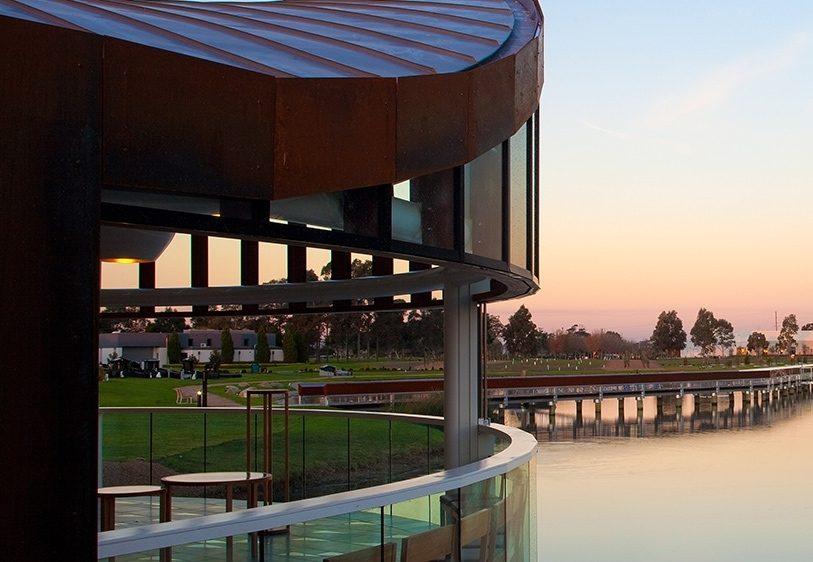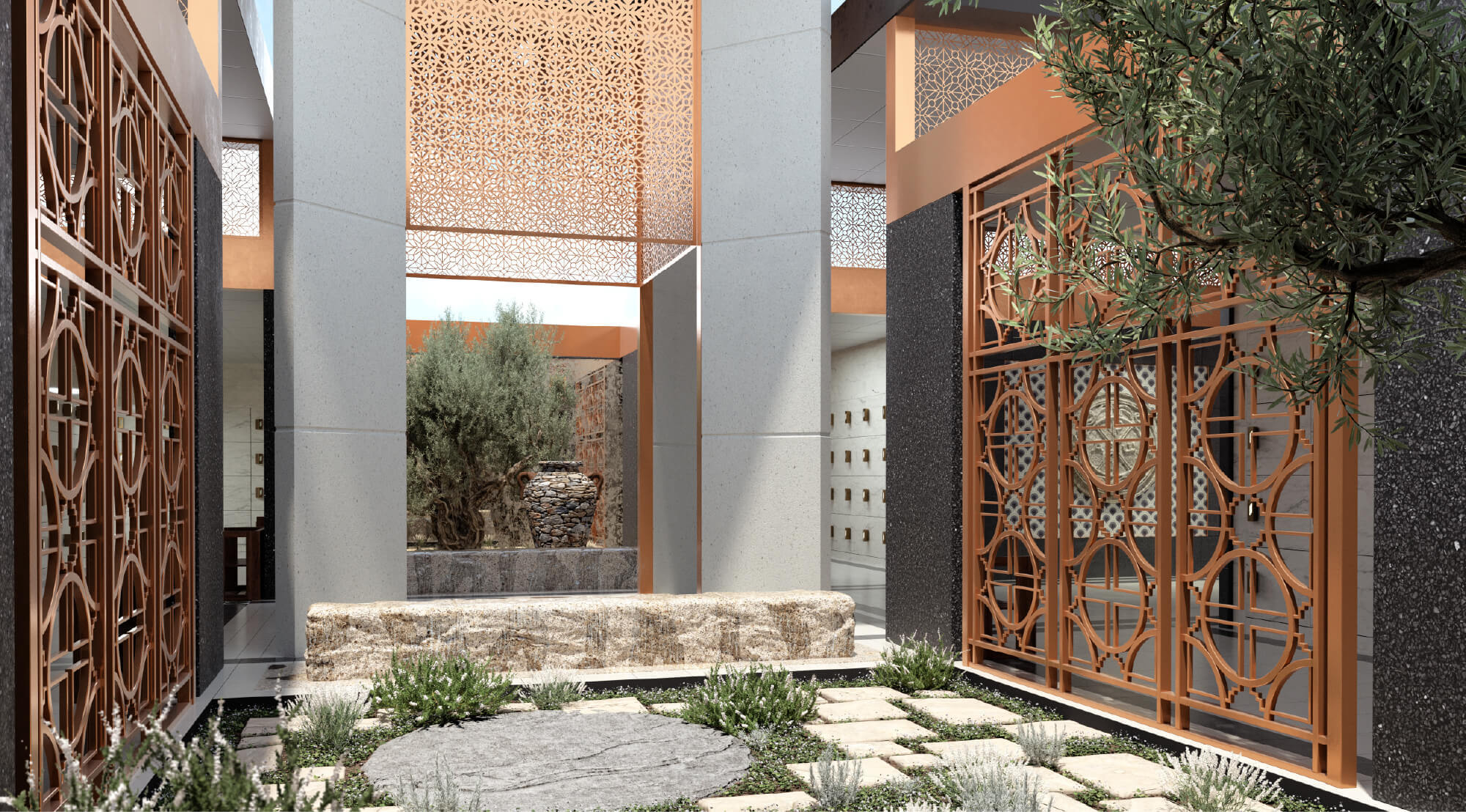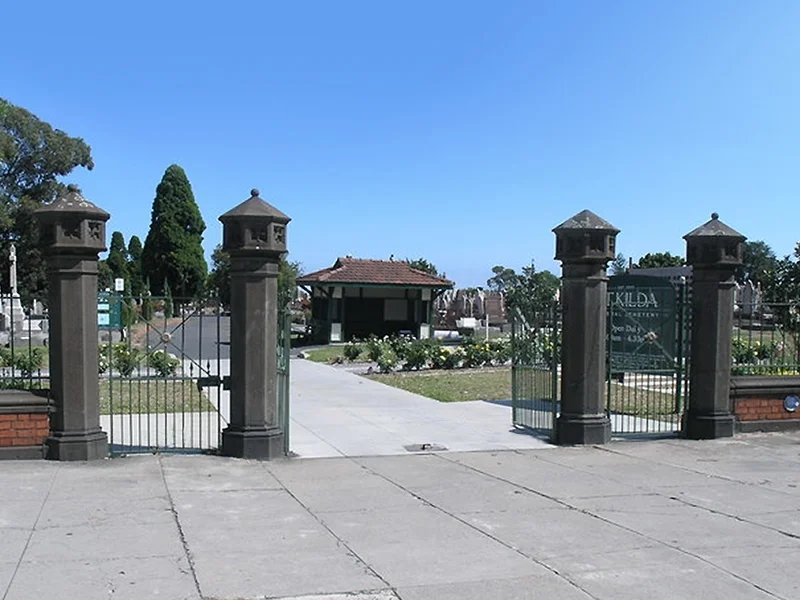Among the autumn trees of Springvale

“Autumn is a second spring when every leaf is a flower.”
Nothing feels more like the change of seasons than the transition of summer greens to shades of orange, yellow, and red. Whether it’s the signature crunch of walks, or the majestic peppering of gold and copper, autumn holds a special place in the calendar.
Of course, we have our trees to thank for the magic of autumn, which is why we thought we’d take a moment to pay special homage to some of the wonderful species across our grounds, some of which have seen centuries of autumns go past.
To change or not to change
You might be surprised to know many of Australia’s native trees do not undergo the change of colour associated with autumn. In the northern hemisphere, trees receive very clear signals from the environment in the form of changes in temperature and daylight that encourage deciduous trees to shed their leaves for the winter. By contrast, the Australian climate is less predictable, which means ideal growing conditions can come along at any time. Most of our native trees have evolved to be able to capitalise on these opportunities by remaining evergreen.
At our grounds we have a broad range of flora from all regions of the world. About 11,000 trees call Springvale Botanical Cemetery home. These trees are a combination of indigenous, Australian native, and exotic species. This means that even through autumn, you will always find a blanket of green throughout our gardens.

Friends of the past
At Springvale Botanical Cemetery, 17 special trees have stood on our grounds long before the cemetery came to be. These special ancestors are specially cared for to ensure they remain strong for generations to come.
On our grounds you will also find several rows of large sugar gums (eucalyptus cladacalyx) from farming days past, and many old European trees such as elms, oaks, birches, and palms.
Our trees provide a source of food for native and exotic fauna, which in turn provides a regular attraction to birdwatchers’ clubs.

Our arborists take great care to maintain the integrity of our trees, but they also cultivate naturally occuring hollows to provide a habitat to native wildlife. This healthy red gum (eucalyptus camaldulensis, pictured above) has a hollow running for several metres up its trunk.
These red river gums pre-date the cemetery and have grown in a curious straight line across the grounds. This likely marks the path of an old stream that existed in the area hundreds of years ago.
Age is just a number
Some trees stand out among the rest, such as our 300-year-old eucalyptus camaldulensis, which stands proud outside Café Vita et flores. We carefully protect and monitor this magnificent tree and have installed an irrigation system under the wooden decking at the cafe to support its shallow roots. This irrigation system floods the tree at key times of the year to simulate its preferred natural cycle.

Along Main Drive you will spot two Bunya pines standing vigil - natives of Queensland. These were planted some time in the 1900s next to the then-entrance and gatehouse, and in their 119 years are still quite young compared to a life expectancy of around 500 years. They can grow to a height of 30–45 metres, and they produce cones the size of footballs, which contain an edible kernel similar in taste to a chestnut.


Autumn is a wonderful time of year, and our trees play a large role in marking the occasion. Next time you’re on the grounds, take a minute to look around and thank the trees that give the gardens so much character.






